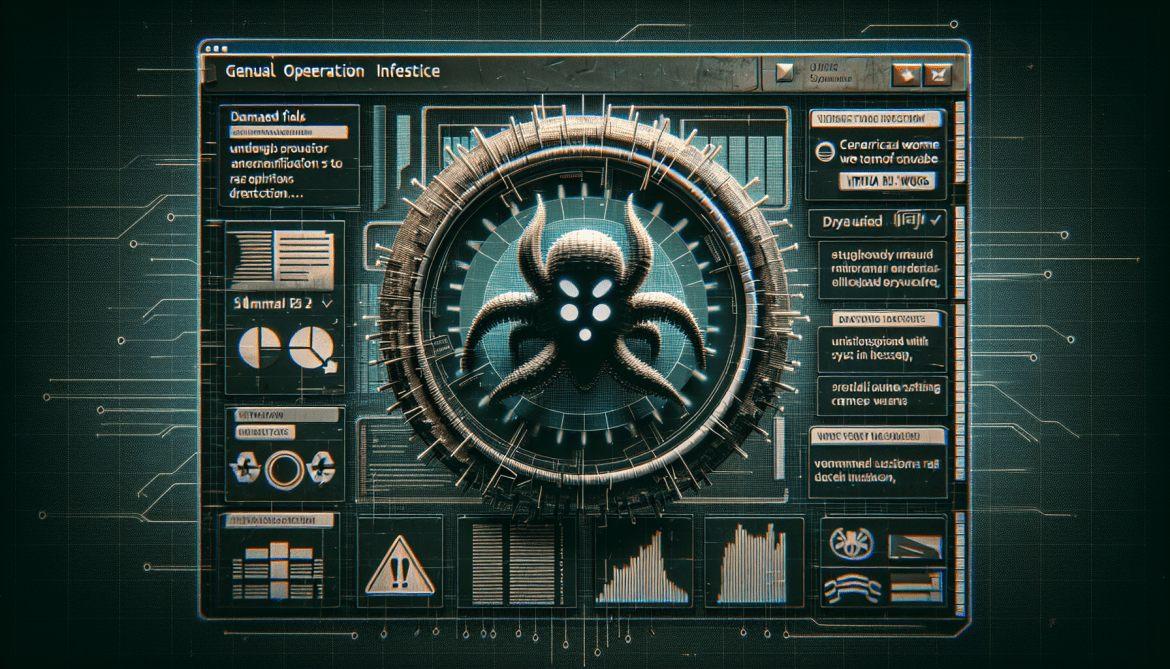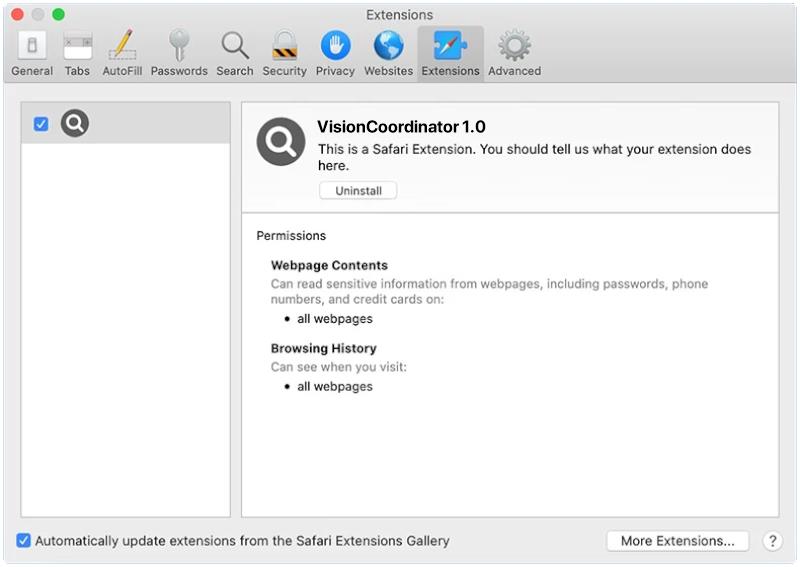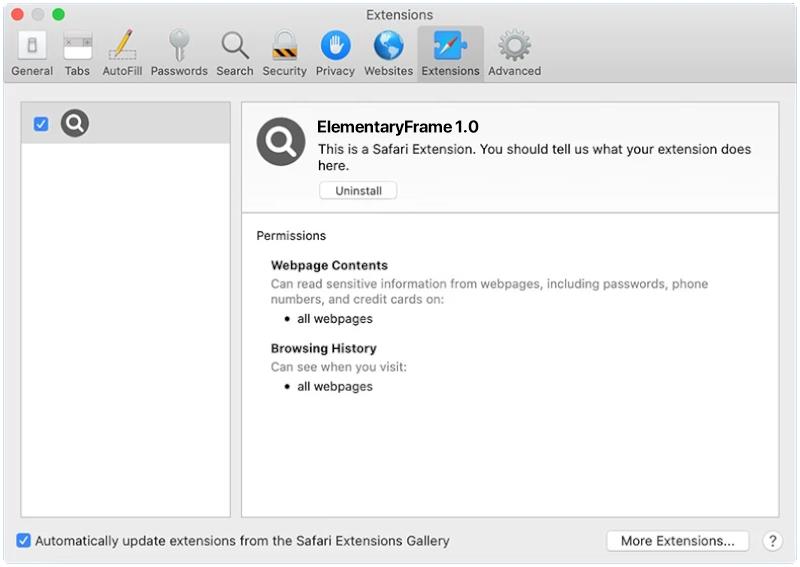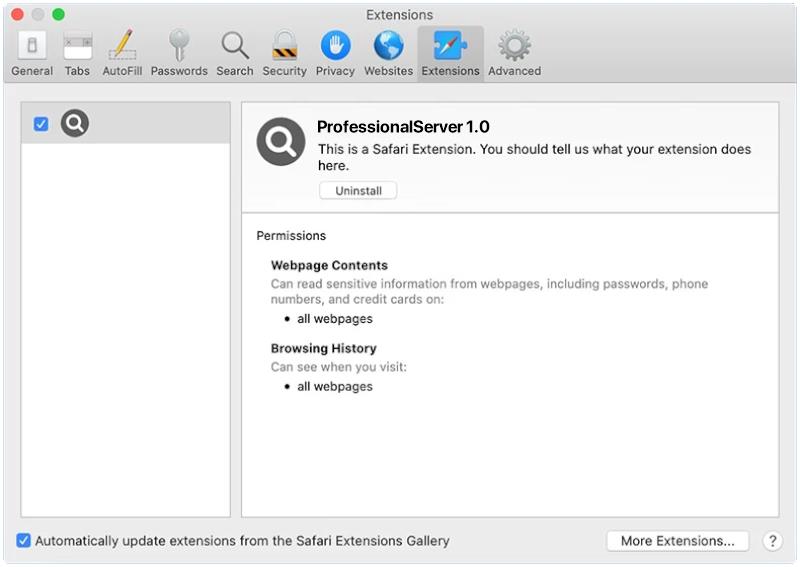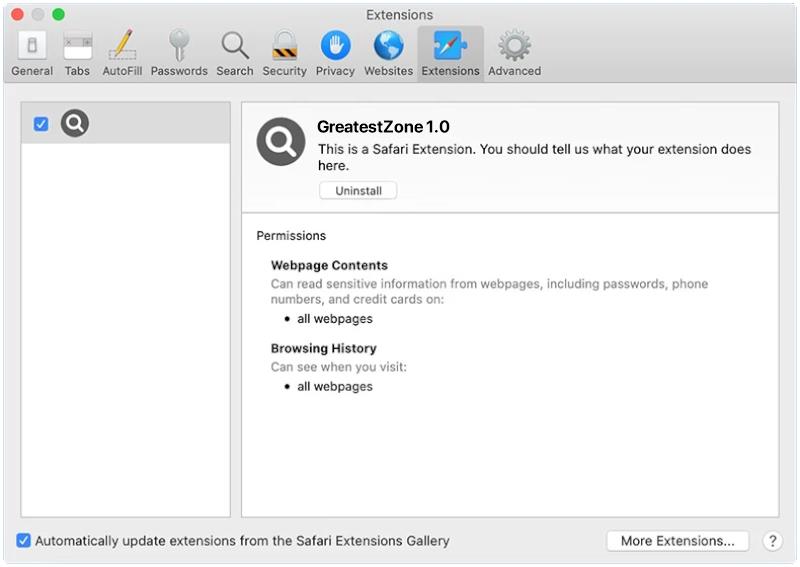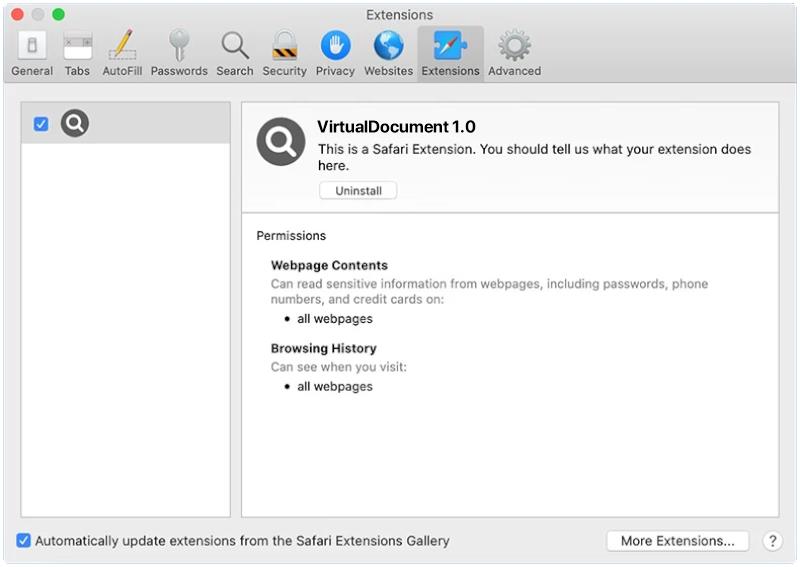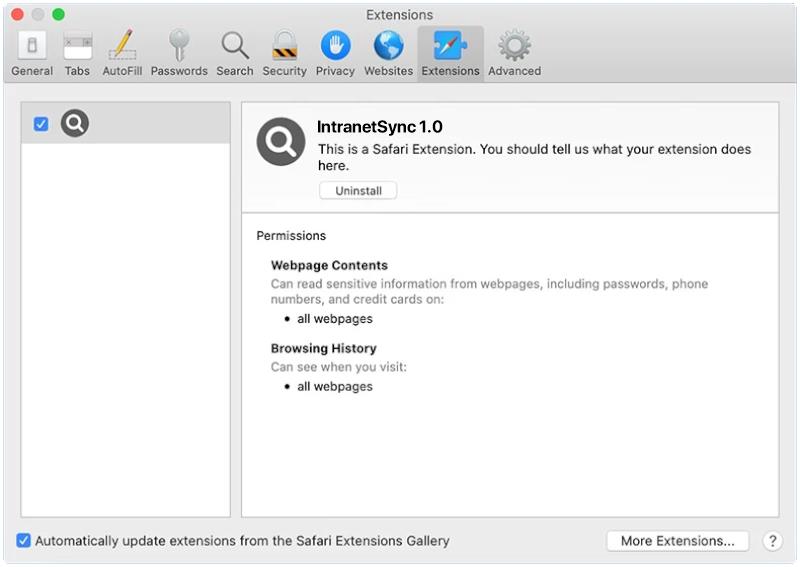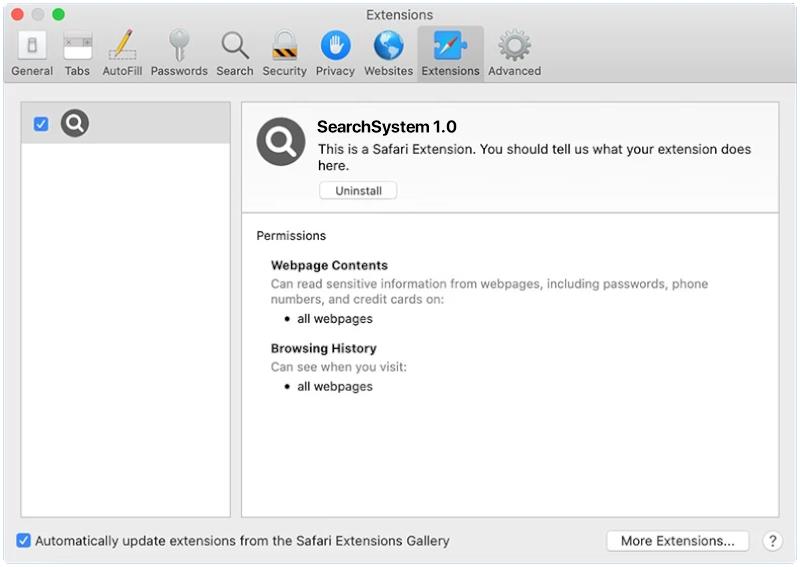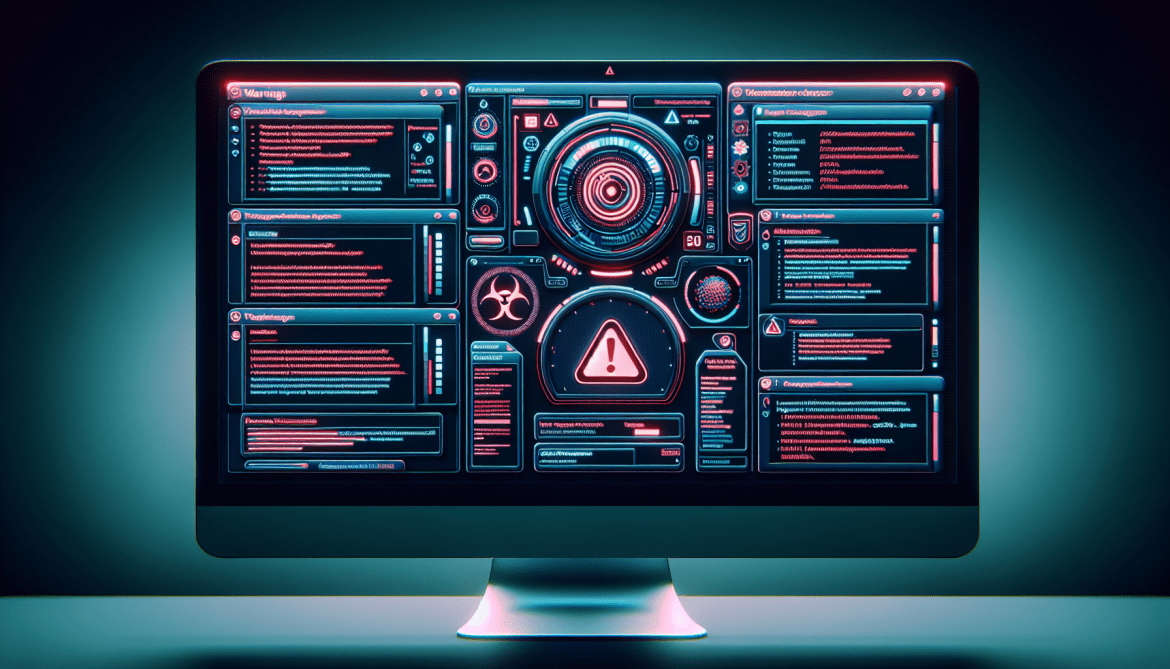Worm:Win32/Ganelp!Pz is a computer worm, a type of malicious software that replicates itself in order to spread to other computers. It is classified under the Win32/Ganelp family and specifically targets Windows operating systems.
Worm:Win32/Ganelp!Pz typically infects computers through several methods:
1. Email attachments: The worm may be included as an attachment in a spam email. When the recipient opens the attachment, the worm is installed on their machine.
2. Infected software: The worm can be bundled with other software. When a user downloads and installs this software, they inadvertently install the worm as well.
3. Network propagation: The worm can also spread across a network. If one computer on a network is infected, the worm can copy itself to other computers on the same network.
4. Removable drives: The worm can spread through removable drives like USB sticks. If an infected drive is inserted into a computer, the worm copies itself onto that machine.
Once the worm is installed on a computer, it may execute various malicious tasks, which can include stealing sensitive information, downloading additional malware, altering system settings, or using the infected machine for spamming or Distributed Denial of Service (DDoS) attacks. It’s important to have a good antivirus program to detect and remove such threats.

